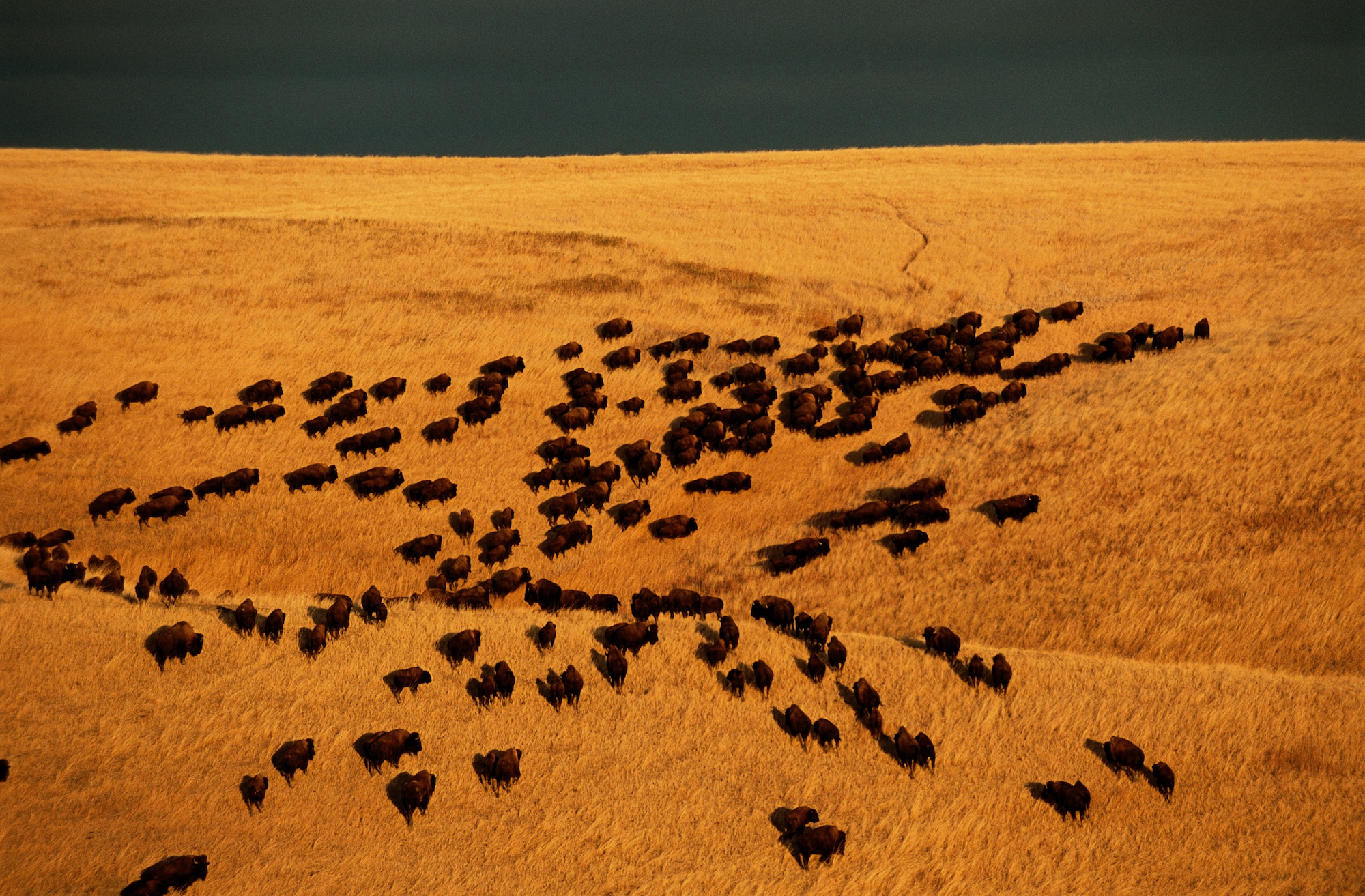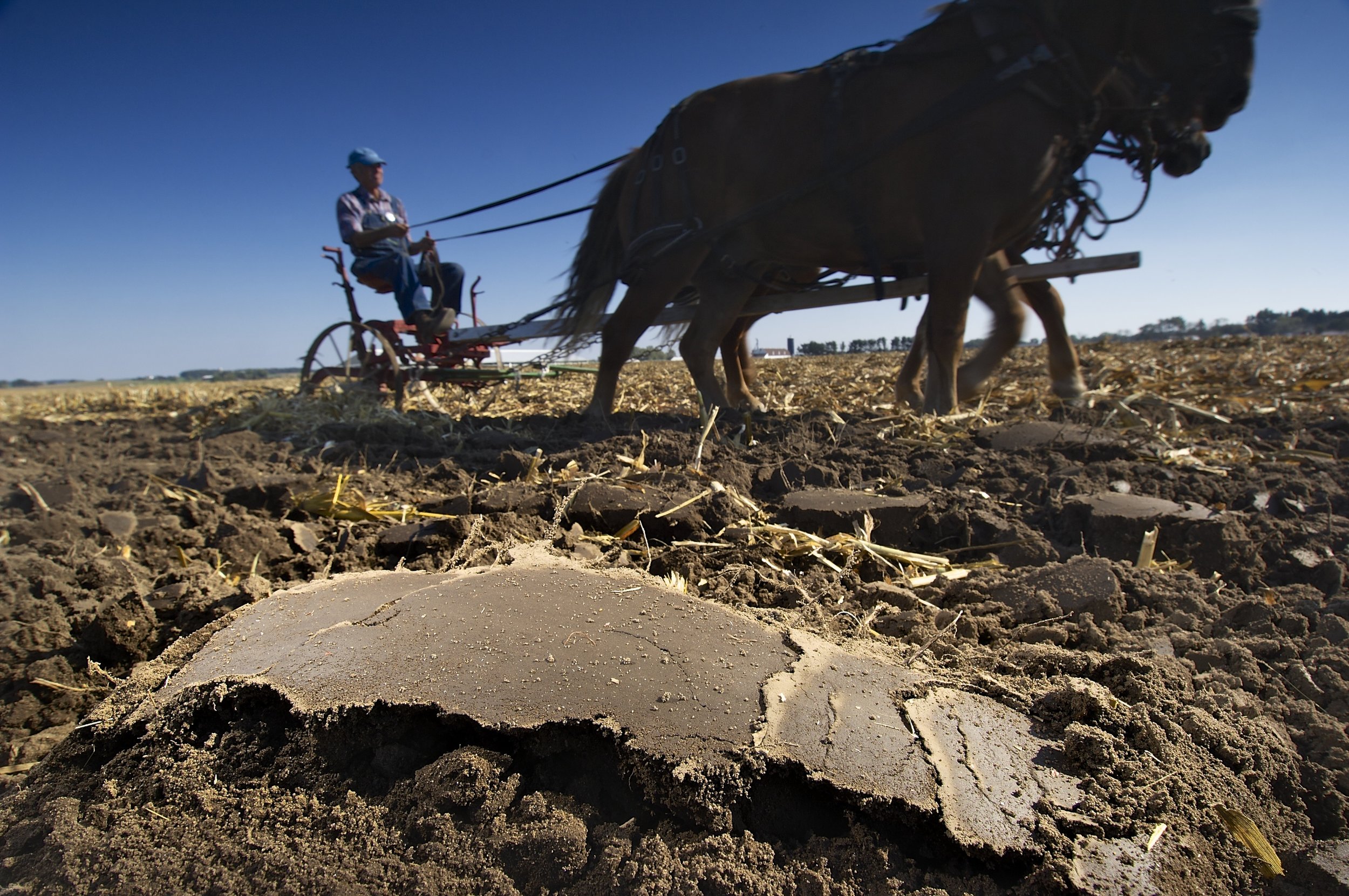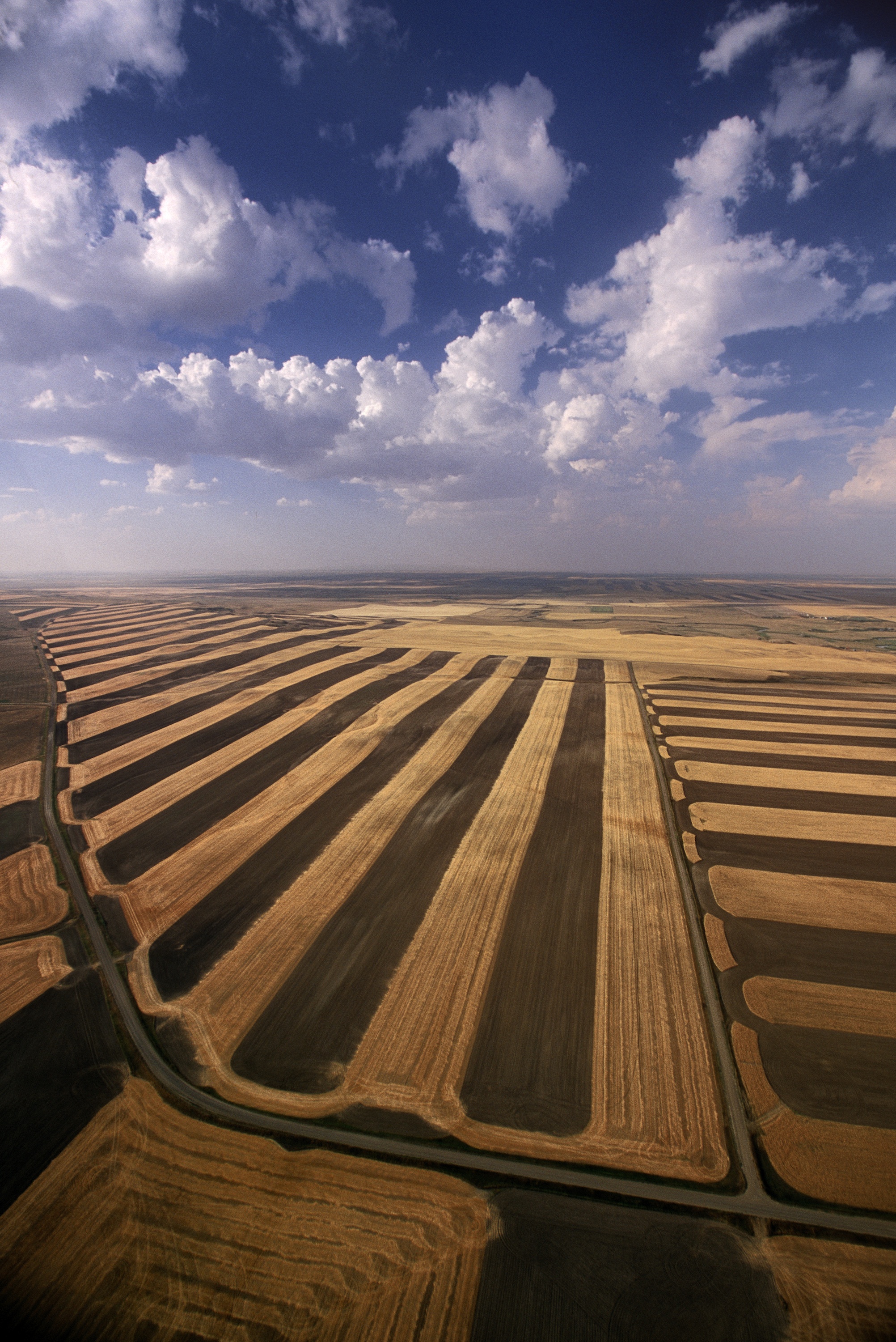Elephants in Tanzania by Jim Richardson
By Jim Richardson
How do we save elephants? Clever T-Shirt slogans? Stop poaching? Save habitat? Yes, yes, and YES!
I’ve not seen a lot of elephants, but like most folks, seeing even a few elephants in the wild will do the trick. Once seen, not easily forgotten. Once seen, not easy to dismiss or relegate the loss of elephants to the regrettable but inevitable march of progress. Progress without elephants is not progress.
But for the environmental photographer, the question becomes: what to do about it? What will actually work? What can you photograph that will result in the survival of elephants? More elephant pictures? Maybe, but we’ve seen a lot of pictures of elephants already. Has that worked to save elephants? Perhaps, some. How about hard hitting documentaries about elephant poaching, especially if it results in increased funding for anti-poaching enforcement? Better, but maybe not enough – still.
What else might work? Let’s think about it.
In my last post I talked about looking for underlying causes. How might that apply to endangered species and extinctions?
Worldwide, rates of extinction are just staggering. Estimates range from 27,000 (E.O. Wilson) to 30,000 (Niles Eldridge) species extinctions per year or 14% to 22% loss of all known species over the next century (Georgina M. Mace.) We sometimes hear of extinctions, but more often we hear of efforts to prevent extinction: heroes saving the last survivors of a once-vast population that had roamed a now-vanished range or had dwelled deep in a now-logged forest.
Our friend photographer Joel Sartore has focused his life's work on making us aware just how many species will soon be gone – extinct – perhaps to only be remembered in the pictures he’s taking of them. Joel's Photo Ark is both beautiful and touching.
The vast litany of extinctions has one primary cause: habitat loss. Underlying this is one deeply connected force: human expansion.
You can’t understand one without understanding the other. Mostly this comes down to things like population growth, our need to grow enough food for everyone, and agriculture. Nothing has destroyed more habitat for wild animals and plants than agriculture, all in our expanding quest to grow more food for more people.
Look at this graphic by Randall Monroe, the genius behind the online webcomic xkcd. This shows the total weight of all humans and domesticated livestock compared to the weight of all wild land mammals. Each square represents a million tons. Look how many squares represent pets and livestock, and how few are wild animals.
Earth's Land Mammals by Weight by Randall Monroe, xkcd.com
Note the lone green block at the bottom representing elephants. Back in 1900, ten blocks would have been here for elephants. Note also the overwhelming dominance of humans, especially in combination with our supporting cast of domesticated livestock like cattle, pigs, sheep, and goats. Cattle have done very well by becoming our domestic partners, in fact cattle and people are the world's dominant species now. (You might even ask, who domesticated whom?)
Monroe's graphic lays out a fundamental truth: Wild animals are simply being pushed off the landscape, they no longer have a place to live. No wonder so many wild species are in danger of extinction, their habitat vanishes by our hand, as our own numbers and the numbers of our domesticated animals keep growing.
Our dominance of Earth's resources is why E.O. Wilson in his book Half Earth: Our Planet's Fight for Life, advocates that we humans as a species should resolve to take only half of the world’s productivity for ourselves. He says we should leave half for the rest of creation.
How close are we to taking half of Earth’s bounty for ourselves?
Scientist Vaclav Smil explores this question in his book Harvesting the Biosphere: What We Have Taken from Nature? To understand how much of nature's bounty we take for ourselves, we must first consider how much nature produces in the first place. Scientists call this Net Primary Productivity, or NPP, how much nature grows each year by using the energy of the sun.
“What Nature grows, We Harvest. What Nature makes, We Take.”
What does NPP look like? Some examples are the crops we grow – all the corn, rice, and wheat we harvest, all the wood and leaves grown by forests, and the weight of all fish, crabs, jellyfish, and plankton that grow in the ocean. NPP also includes bugs and worms in the soil, and all birds, deer, lions, bears, wolves, snakes, frogs and other wild animals that are born or hatched. You get the idea.
At its core, NPP is based on the element carbon, which is found in all living things. The stems, leaves, and seeds of plants, and the bones, blood, and muscles of all animals contain carbon, which comes from atmospheric carbon dioxide (CO2) that initially has been absorbed by plants during photosynthesis as plants soak up sunlight and grow.
Without photosynthesis we would not be alive, as the food that all animals eat comes from plants, which grow the stems and seeds that animals and people eat. Plants grow stems and seeds by combining sunlight with CO2 during photosynthesis to create sugars that feed the plant. As plants use these sugars to grow they also exhale oxygen, which all animals need to breathe. It's a virtuous circle. Plants absorb sunlight and CO2 to produce the food and oxygen that animals need; as animals breathe they exhale CO2 that plants use.
So how much can the earth produce? "That total currently amounts to about 60 billion tons of carbon (or 120 billion tonnes of dry plant matter,) says Smil. And how much of nature's annual bounty are we humans taking? (I find the fact that we can ask such questions disconcerting. Can one species of life possibly have become that dominant? Is our vast planet actually so very finite? Apparently so.)
The answer? Humans probably take around 25% — at present. (Some claims that we are taking 40-50% are probably too high, but not impossible.)
So we truly do live on a finite planet, yet our own population keeps rising. Since we already use at least a quarter of nature's bounty each year, what might the future hold?
Best estimates are that human population is projected to rise from 7.4 billion to 9.6 billion by 2050. With that (and our expanding appetite for cheeseburgers,) we will likely need to double world food production in the next 35 years just to keep up with demand.
“Habitat loss a century ago was caused by converting the Great Plains of North America from native prairie grasslands to wheat fields.”
Taken together, these trends point to a disturbing conclusion: agriculture is an environmental issue inextricably linked to the loss of habitat, and to the extinction of species. (And one way or another we are all the culprits, me included.)
When we consider the impact of human population on endangered wildlife (like elephants,) we find that agriculture's expanding footprint is usually the first step towards wild animal extinction. Most rain forest destruction in South America has resulted from growing more soybeans, which are mostly fed to livestock for meat.
Just over a century ago in North America natural grassland landscapes were destroyed in a similar fashion as agriculture's footprint grew. We used tractors and plows to convert the Great Plains of North America from native wild prairie grasslands to wheat and corn fields.
One way or another it’s all “habitat loss.” And it’s a complicated business with winners and losers all around. Humanity benefits right now from this big global harvest, but earth's ability to keep up with our expanding appetites suffers as we tax the planet's bounty.
So, as an environmental photographer you can either cover each heartbreaking extinction as it happens in turn, or you can look for the underlying forces at work transforming habitats and driving extinctions. You can learn to see the ways we have changed our planet (signs are everywhere,) and make pictures that help us understand what we have done and what can be done about this.
An example of photography that reveals these underlying forces is George Steinmetz's stunning new work "Feeding the Planet" that just won the Environmental Vision Award from Pictures of the Year International (POYi.) Other examples are Rodrigo Baleia's heartbreaking images of rain forest destruction in the Amazon, and the Platte Basin Timelapse project by Michael Forsberg and his team. Each of these brings the light of understanding to otherwise obscure or remote aspects of humanity's dominion over the planet.
When you are armed with knowledge, whole new vistas that you can point your camera towards can come into view, and these possibilities can often be seen very close to home.
The Anthropocene is all around us. Save the Elephants! Please.
Further Reading:
Harvesting the Biosphere: What We Have Taken from Nature by Vaclav Smil, MIT Press, 2015
Harvesting the Biosphere by Vaclav Smill,
Half Earth: Our Planet's Fight for Live by E.O. Wilson
World Population to 2300 United Nations Economic and Social Affairs
Plowed Under Native grassland is being turned into farmland at a rate not seen since the 1920s. By Jocelyn C. Zuckerman, The American Prospect
How can photography help the environment? by Joel Sartore
How we fight poverty without ruining the planet? by Nathanael Johnson, Grist





